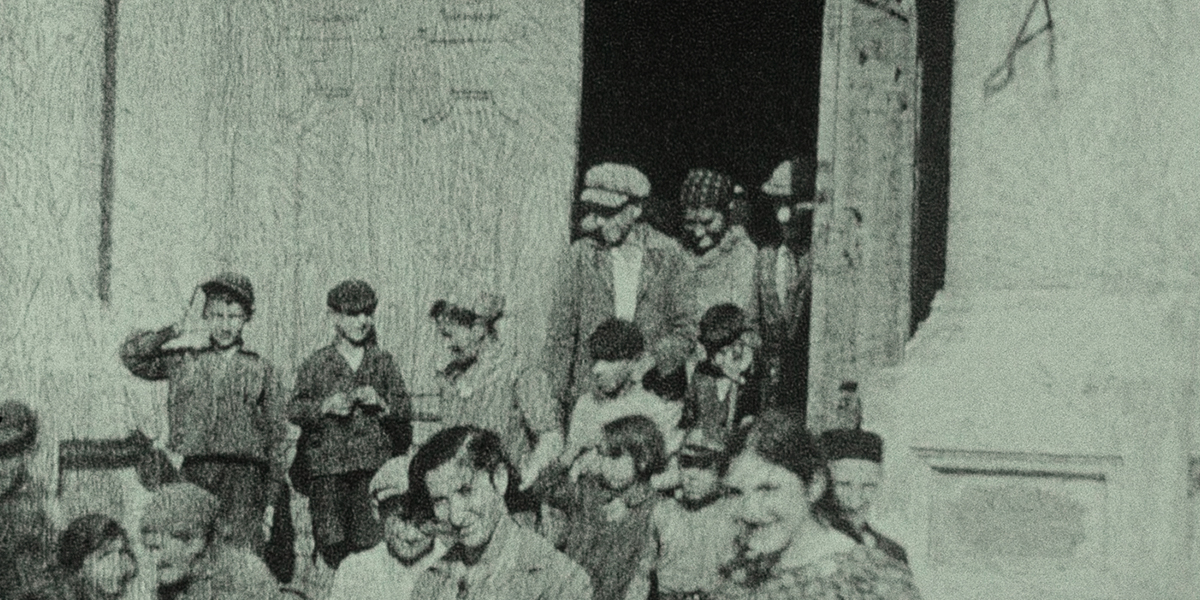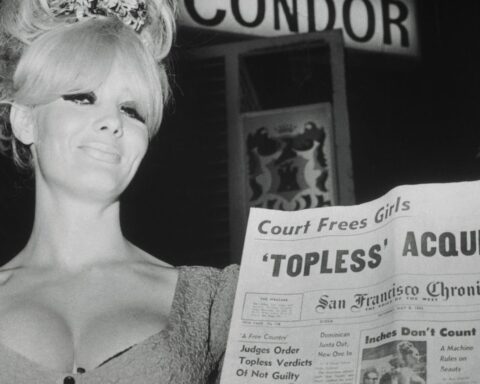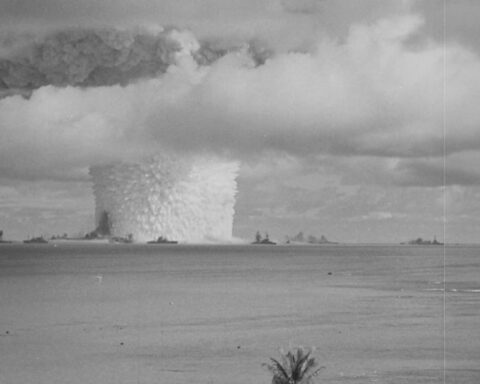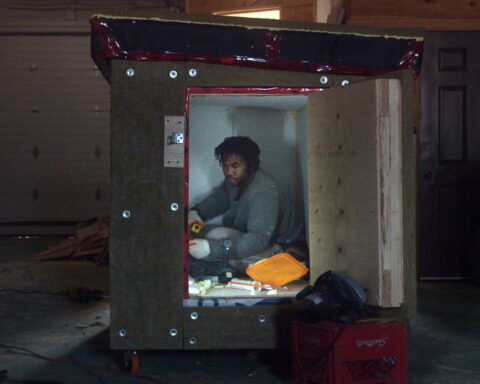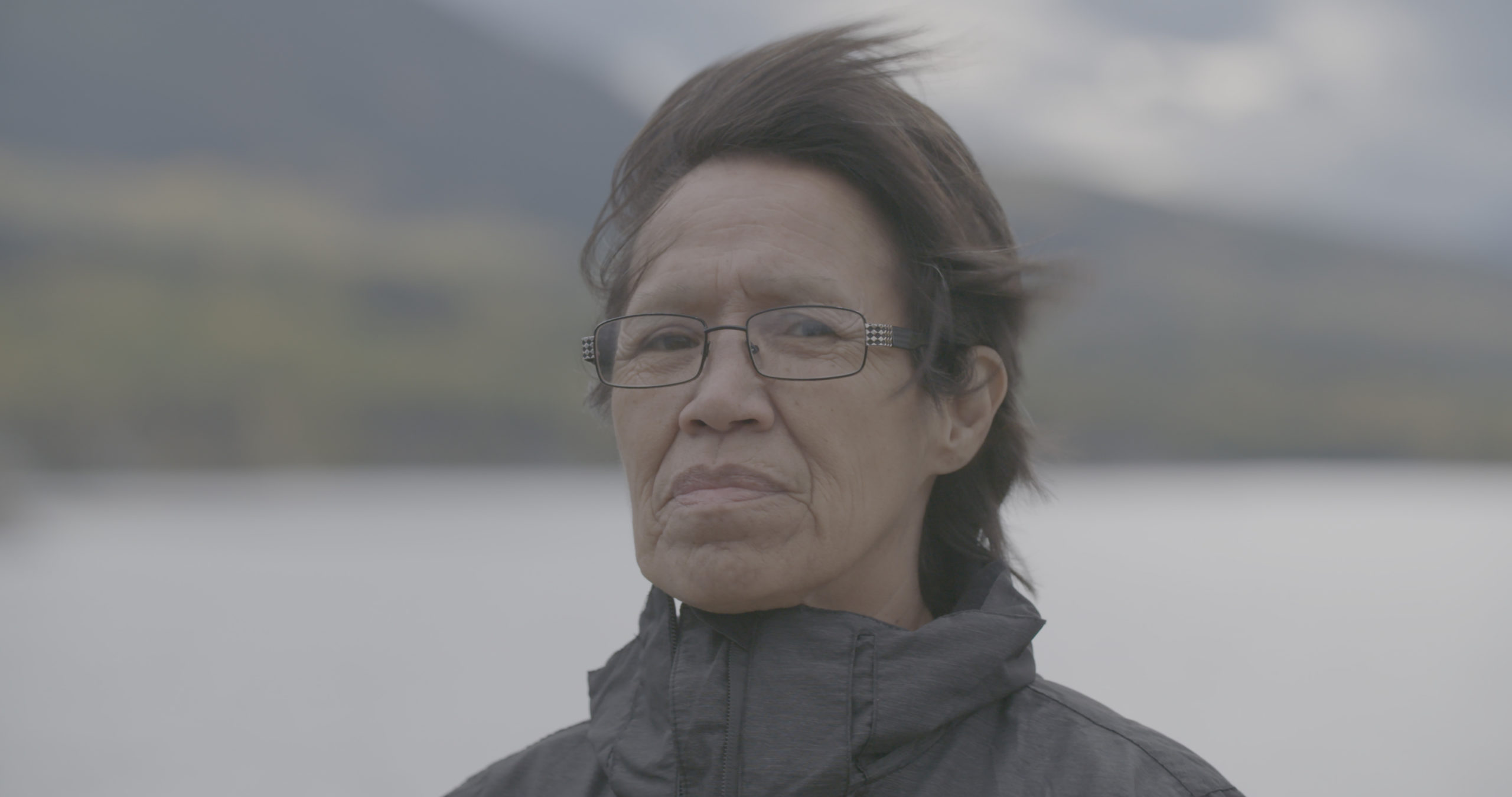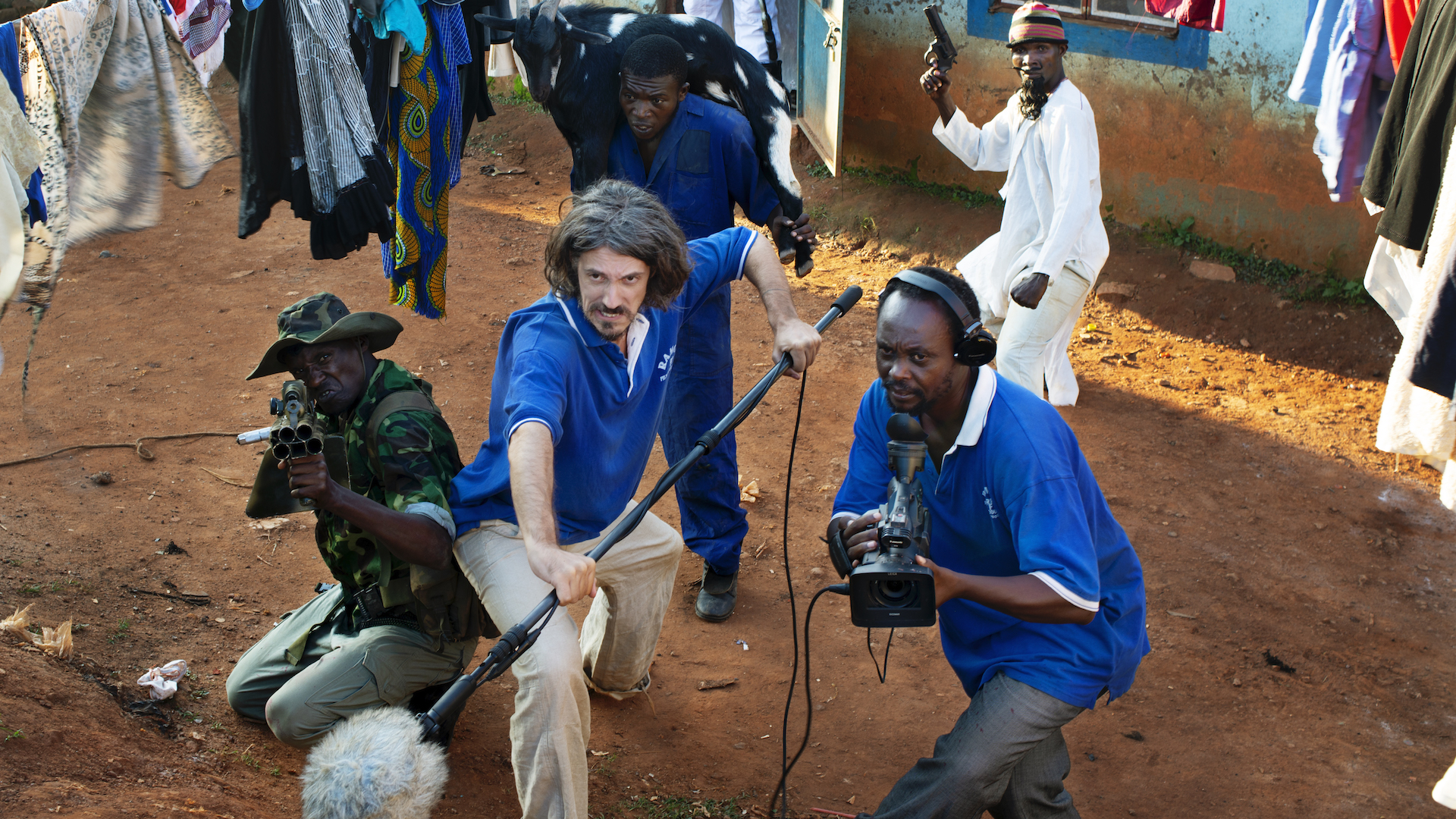Three Minutes—A Lengthening
(Netherlands/UK, 69 min.)
Dir. Bianca Stigter
One of the most unique and powerful documentaries of the year, Three Minutes—A Lengthening is based on home movie footage shot by David Kurtz in a Jewish shtetl (or village) in Poland near Ukraine in 1938. To a Jew (and I am one, from a Ukrainian family on both sides), we know what that means: nearly total annihilation when the Nazis conquered the region a year later. Directed by the Dutch filmmaker Bianca Stigter and coproduced by her acclaimed husband Steve McQueen (12 Years a Slave, Small Axe), the film is a brilliant essay on photography, time and necessarily, the Holocaust.
The audience sees slightly more than three minutes of shots made in Kurtz’s grandfather’s shtetl, exactly as it was more than 80 years ago. From the age of the buildings and knowing the history of that area of the world, then also known as Galicia, the inhabitants were mainly Poles, Ukrainians, and Jews. People led hard scrapple lives and were generally pious and suspicious of one another. After the Austro-Hungarian Empire was dissolved in 1918, Poland became an independent country again but not much else changed. Viewing Kurtz’s footage, it feels as if you’re seeing what life must have been like as far back as the 17th century. But we all know that would change unbearably swiftly. Most of the Jews were brutally sent on a train to another Jewish community in the winter of 1939. Three years later, they were taken to a concentration camp, where all but a very few perished. Most of the buildings were destroyed during the heavy fighting during World War II, so what we see in this film is truly an historical record of a time and place that has been almost erased.
In Three Minutes—A Lengthening, we see scenes of children on the main street, hilariously making a nuisance of themselves as Kurtz unsuccessfully tries to avoid them and shoot the downtown buildings. Happily, he’s unsuccessful. We see lively kids, especially a feisty young girl, who forces her way into shot after shot. She could have been a great mother and grandmother—I speculate—if the Nazis hadn’t killed her as a young teen. Stigter’s film, which is rigorous, examines what photography gives us—a partial image of an otherwise unimaginable past—and our memory, now completely dominated by Holocaust imagery. Her film makes those young people come alive for the last time.
Rigorously made, Stigter’s film shows the process involved in researching history. Kurtz, who had been born in the shtetl of Nasielsk and become successful in the U.S., decided on an apparent whim to spend an afternoon in his hometown. He had recently acquired a camera and wasn’t particularly good at shooting footage. He shot mainly from his eye level upwards to try give a sense of the architecture of the village. The intervention of the children and some movie-besotted adults forced him to catch a bit of village life: the scampering free nature of a community, which was natural and completely unpretentious.
Stigter shows the complete film at first and then begins to dissect the footage while attempting to trace the history of the shtetl and the film shoot. For quite a while, she can’t even figure out which village had been shot—quite frankly, most were interchangeable—and it requires some sleuthing to even conclude that the footage is of Nasielsk. She is able to find some aged residents from the village and descendants of survivors. While her film never strays from the historic, the voices are occasionally contemporary. Regrettably, most remember very little, simply reinforcing the importance of capturing moments of time before they are lost forever.
In slightly less than 70 minutes, Bianca Stigter has made a film of considerable artistic importance. Three Minutes—A Lengthening incorporates history, home movies, the Holocaust, memory and the importance of capturing images. It is a true cinematic essay.
Three Minutes–A Lengthening premiered at TIFF 2021.
Read more about the film in POV’s interview with Bianca Stigter and in an essay in issue #115.




